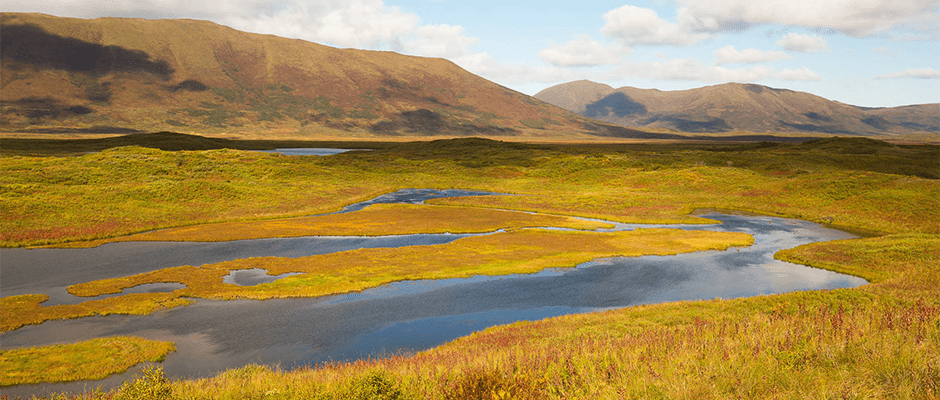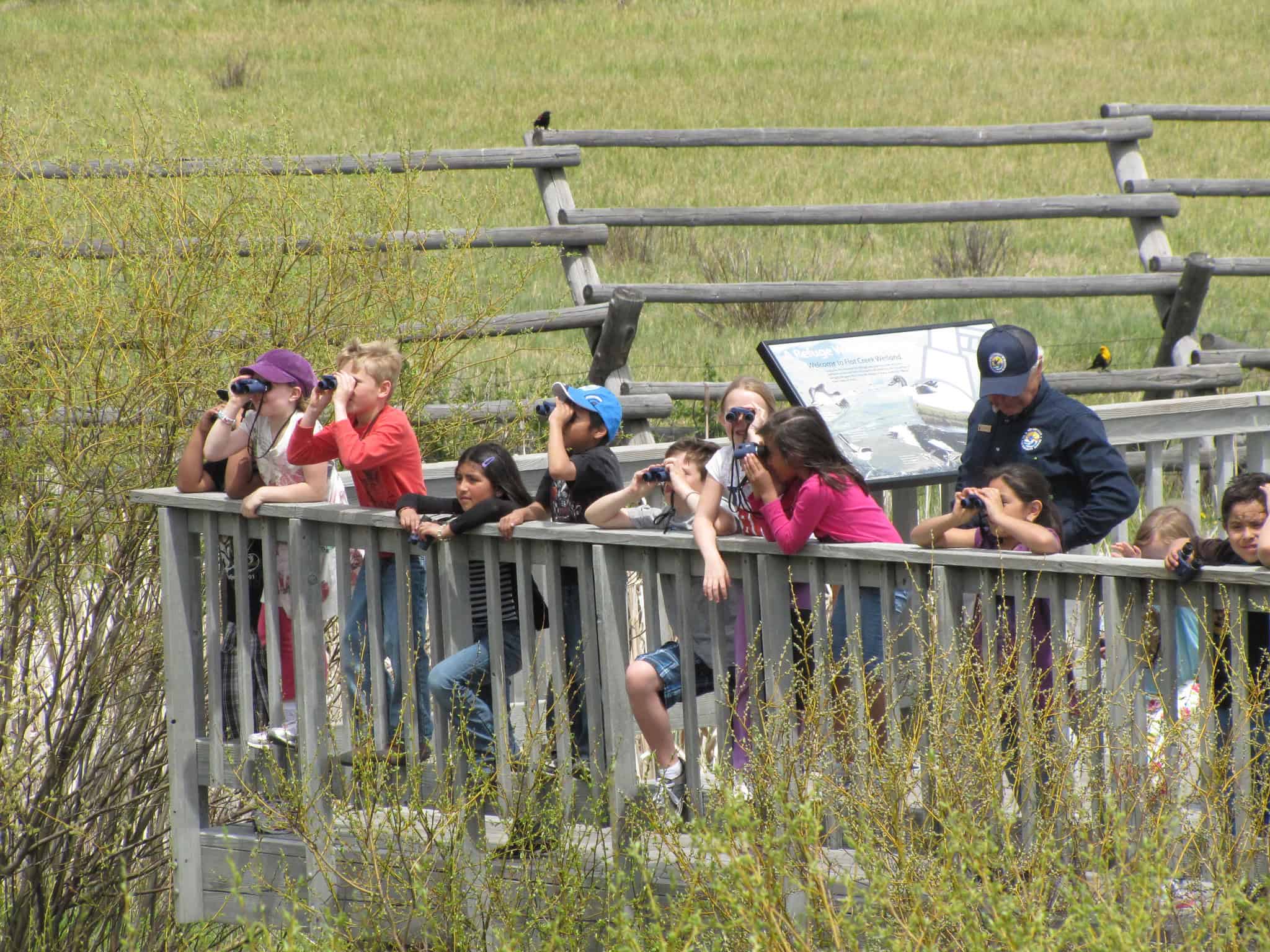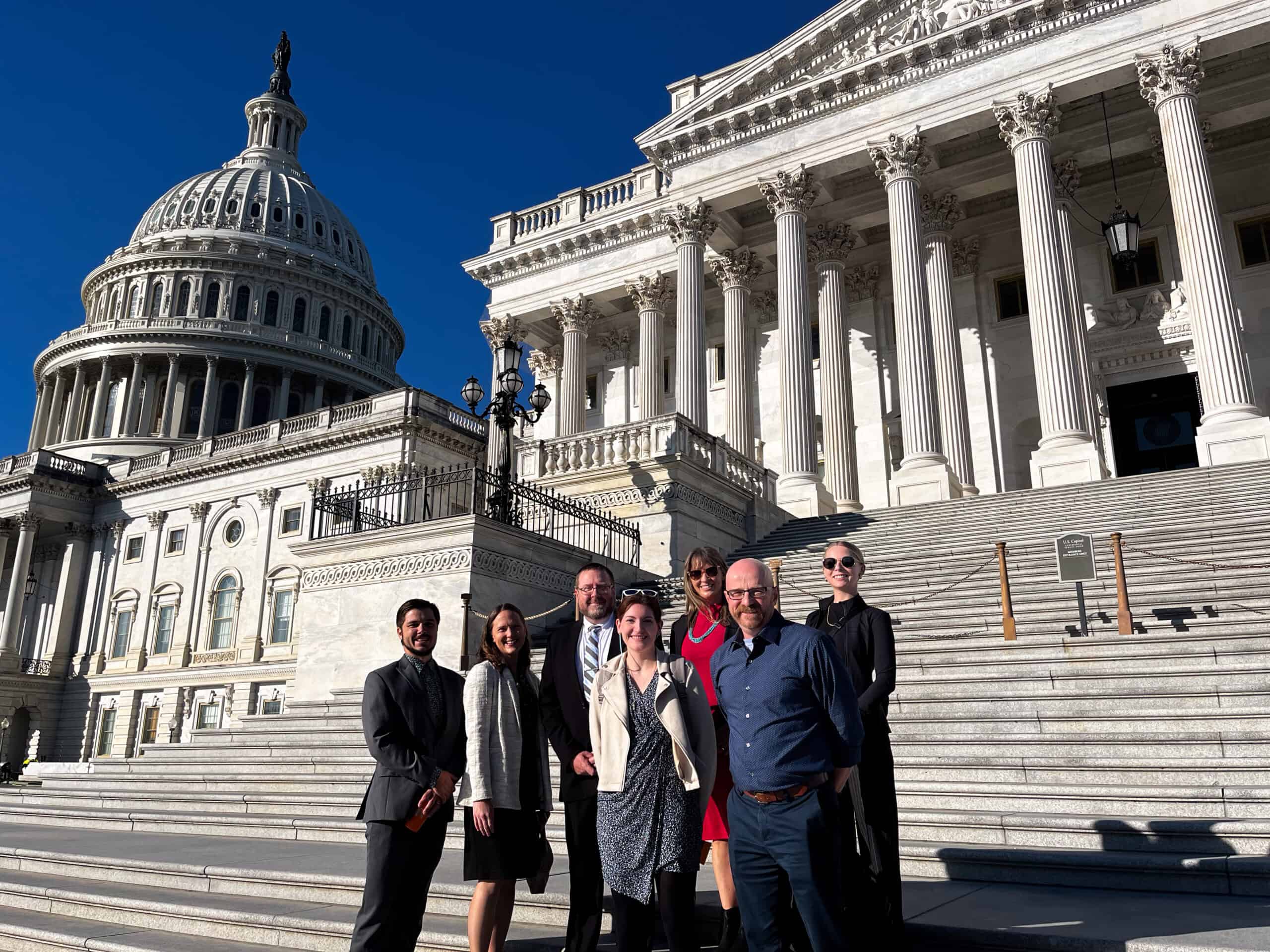Share this article
New proposal would reduce Clean Water Act’s reach
The administration released a proposal to reduce the Clean Water Act’s authority over isolated wetlands and other waterways. The proposed rule would redefine “waters of the U.S.,” the phrase that determines whether the Clean Water Act applies to a stream, wetland or other waterway.
The proposal from the Environmental Protection Agency and the Army Corps of Engineers would exclude ephemeral streams from the act and reduce the wetlands it covers. Data from the U.S. Geological Survey indicate that the new definition would exclude from the Clean Water Act more than 18 percent of streams and 51 percent of wetlands around the country without continuous surface water connections to larger waterways.
In addition, the proposal asks for public comment on whether intermittent streams should be included in the definition, whether to remove protections for wetlands separated by nearby regulated waterways by manmade structures and whether protection for wetlands should depend on how far they are from rivers and streams.
The current rule was finalized in May 2015 and was the subject of numerous legal challenges. The 2015 Clean Water rule extends Clean Water Act coverage to tributaries of and waters adjacent to traditional navigable waters. More isolated or ephemeral waters, such as prairie pothole and vernal pools, are subject to a case-by-case analysis.
During the 115th Congress, Republican lawmakers made several unsuccessful attempts to block the 2015 Clean Water rule through riders attached to unrelated legislation. Democrats, who generally have come out in opposition to the new proposed definition and now have a majority in the House, could attempt to do the same for the new proposal.
Lawmakers have also attempted to define the phrase directly through legislation, rather than rely on the agency rulemaking process. Most recently, in December, Sen. Rand Paul, R-Ky., introduced a bill to restrict which wetlands and waterways are covered by the act. The Defense of Environment and Property Act, S. 3706, did not advance during the last days of the 115th Congress and will have to be reintroduced this year. The definition of “waters of the U.S.” in the bill is similar to the administration’s recent proposal but would exclude even more waterways from federal jurisdiction.
Once the proposal from EPA and the Corps is published in the Federal Register, public comments will be accepted for 60 days.
Read TWS’ comments on the 2015 proposed rule.
Read the brief TWS and partners submitted to the U.S. Supreme Court in 2006 in a Clean Water Act case.
Read TWS’ Position Statements on Recognition of Wildlife Needs in Watershed Planning and Alterations of Stream, Riparian, and Wetland Habitats in the U.S.
Header Image: A new proposal would limit the reach of the Clean Water Act. ©USFWS








